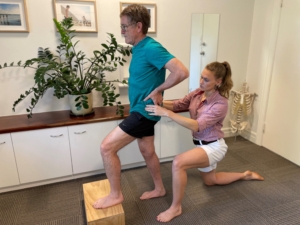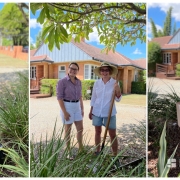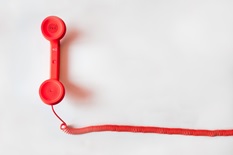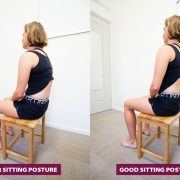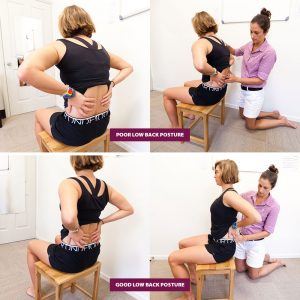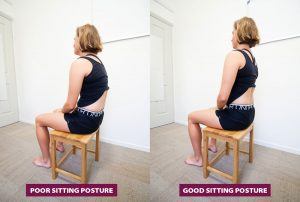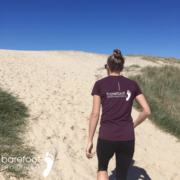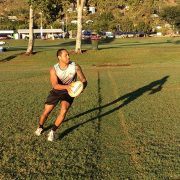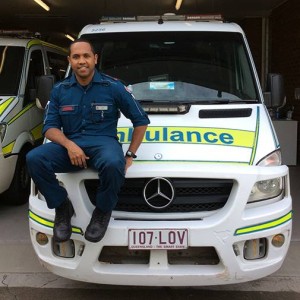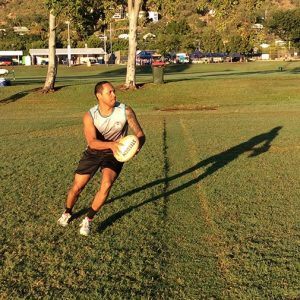Easy exercises to keep you healthy and active as you age
![]()
![]() For many people, aches and pains have become a normal part of their life, especially as they age. However, it doesn’t matter if you’re 7 or 107, you can improve your pain. This includes general aches and stiffness from your daily life!
For many people, aches and pains have become a normal part of their life, especially as they age. However, it doesn’t matter if you’re 7 or 107, you can improve your pain. This includes general aches and stiffness from your daily life!
Here are some easy exercises and body care tips to keep you happy, healthy and moving beautifully through life!
Easy exercises for Healthy Aging
- Walking
- Walking is a great activity. Take note of how much you can walk at the moment and maybe a good goal would be to increase gently until you’re able to do 30minutes. Read our blog on Walking Program to help you.
- Moving gets the blood flowing and joints lubricated. So not only should this movement help with any pain that you are already experiencing, but it will also help to prevent the onset of stiffness and pain!
- Swimming
- Now we have found people either love or avoid the water. If you are someone that used to love it and haven’t been for a while we’d really encourage you to have a try again.
- The buoyancy of water takes the pressure off joints and some people find it to be great. Take note that if you haven’t been in the water for a while to take it easy the first time as it may feel easy at the time and aggravate your body later.
- We often work with people who swim to keep their Shoulder range great so they can ‘just keep swimming!’
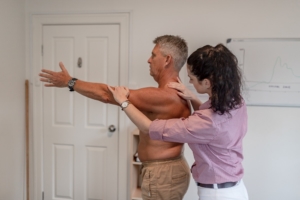
- Balance
- Now this is key to good health! This tends to be best set with a Physio but if you’re confident you can try standing on one leg to see if you can balance for 30 seconds. If that is hard try standing with both feet on the ground and close together. If the one leg is too easy you can try closing your eyes (safety warning!)
- We like to combine Balance work with other things as that is what is normal in the real world. An idea could be to stand on one leg while you’re brushing your teeth.
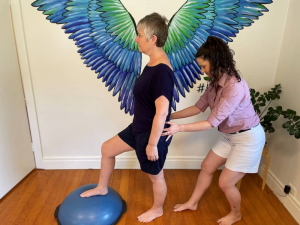
- Stairs
- These are a winner if you can manage them. Great for your heart and muscles. If you only have a few at home you could do some step ups on the bottom one.
- If you are having pain or problems with stairs make sure to book with your Physio
- Deep breathing and muscle relaxation
- If your muscles are tense it may be worthwhile to try muscle relaxation.
- Deep Breathing Exercises;
- Make yourself comfortable (lying down or sitting in a chair)
- Loosen any tight clothing
- Start to listen to your breathing in its natural pattern, without changing anything
- Place your hand on your stomach, and start breathing in through your nose and out through your mouth.
- Imagine that you are breathing down into your hands, letting your belly move in and out with your breaths
- As you breathe out, imagine all your tight muscles are relaxing away all their tension
- Continue for 2minutes.
If you are experiencing pain on a daily basis and can’t seem to find relief, make sure you seek help. You can always give your physiotherapist a call, if you don’t have one you can make an appointment with us, or book in to see your GP. A physio can help you work out your Easy exercises for Healthy Aging that suit you the best!
